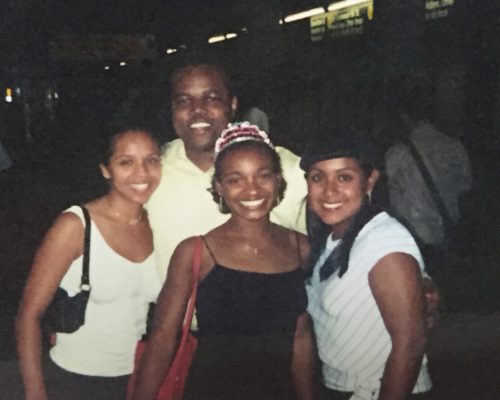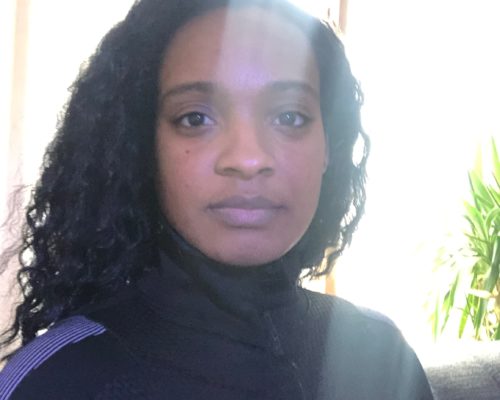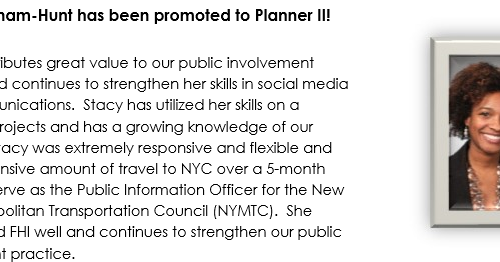
Tokenism is being the one black student in a classroom full of white students. It’s being the only Hispanic employee in a predominantly white organization, and it’s when that historically white school or organization says it’s diverse because of that one black or Hispanic student or employee.
For me, it’s meant being one of two black students in my class at my Connecticut private elementary school, St. Thomas’s Day School. It’s meant being the only black person in most of my classes at Hopkins School, ranked as one of the top private middle and high schools in the country. I never understood why these private schools in New Haven didn’t have more black students when the city’s black population has been at least 30 percent for decades. How could these organizations say they wanted more diversity, be in one of the most diverse cities in the state, and I was the only black person in my classes?
To my family, it seemed that one sign of success meant having access to white work environments, having enough money to purchase a home in a white neighborhood or being able to send your kids to schools with white kids. My paternal great-grandparents — one born and raised in Arkansas; the other in Louisiana — moved to Connecticut during the Great Migration, when most of the homes in the Newhallville section of Dixwell Avenue were owned by white people. Several years ago, I found my grandmother’s yearbook from her senior year at Hillhouse High School. I was surprised to learn that she had so many white classmates, seeing that the school has been predominantly black for quite a few decades.
My grandmother sent my aunt to Day Prospect Hill, the girl’s school that merged with Hopkins in the ’70s. She made sure that my dad participated in academic enrichment programs at Yale University. He went on to attend a predominantly white university. He and my mother hoped I would do the same. My parents moved our family to Hamden and sent me to private schools, where I was one of a few black students.
Being the only black student meant that I would get questions about my hair, my skin and my cultural traditions. Being the only black student meant that I became bilingual. I learned how to talk like the white kids at school to fit in, and I had to talk like my black family members and friends outside of school. Being the only black student meant that my white classmates and friends would reveal their prejudices about black people. They were comfortable telling me because “I wasn’t like the other black people” they saw on television. It also meant that when my grandfather, who grew up in rural Mississippi in the 1940s, talked about how awful white people were, that I shouldn’t repeat what he said to my white classmates. I learned this after my first-grade teacher called my parents and told them what I had said.
When I declared that I would attend Florida Agricultural and Mechanical University instead of applying to Yale like my mother dreamed I would, my father scoffed, “We could have just sent you to public school if you were going to go a historically black college,” as if the college preparatory skills that I learned at Hopkins would go to waste at an institution meant for black students — as if historically black colleges were remedial or for black students who did not have the grades or the SAT scores to get into white colleges. Many HBCUs were established for black students in the 1800s after they were rejected from other universities because of their skin color. Nowadays, black students opt to attend HBCUs because they want to live and learn amongst students and faculty who look like they do. I was one of them.
So when my college counselor said I would be a great match for George Washington University, I cringed at the thought of spending another four years of being “the fly in the buttermilk,” as my great-grandmother called being the only black person in a group of white people.
After graduating from college, many of my work environments were white, except now I was better equipped to deal with them because of my upbringing. The same rules applied, except I was working with white managers who could keep black employees out of their departments or organizations or fire me if I went from playing my part as the token to complaining about being the token.
As an adult in predominately white work environments, my quest has been to figure out how use my access to white spaces to help other black people be successful.
Stacy Graham-Hunt is membership director at the Arts Council of Greater New Haven. She can be reached at stacygrahamhunt@gmail.com. This column was originally published by Hearst Connecticut Media Group in the New Haven Register, the Stamford Advocate, the Connecticut Post and the Greenwich Times.
Photo: Image borrowed from South Park on Comedy Central. (There’s a character on the show named “Token.”)





